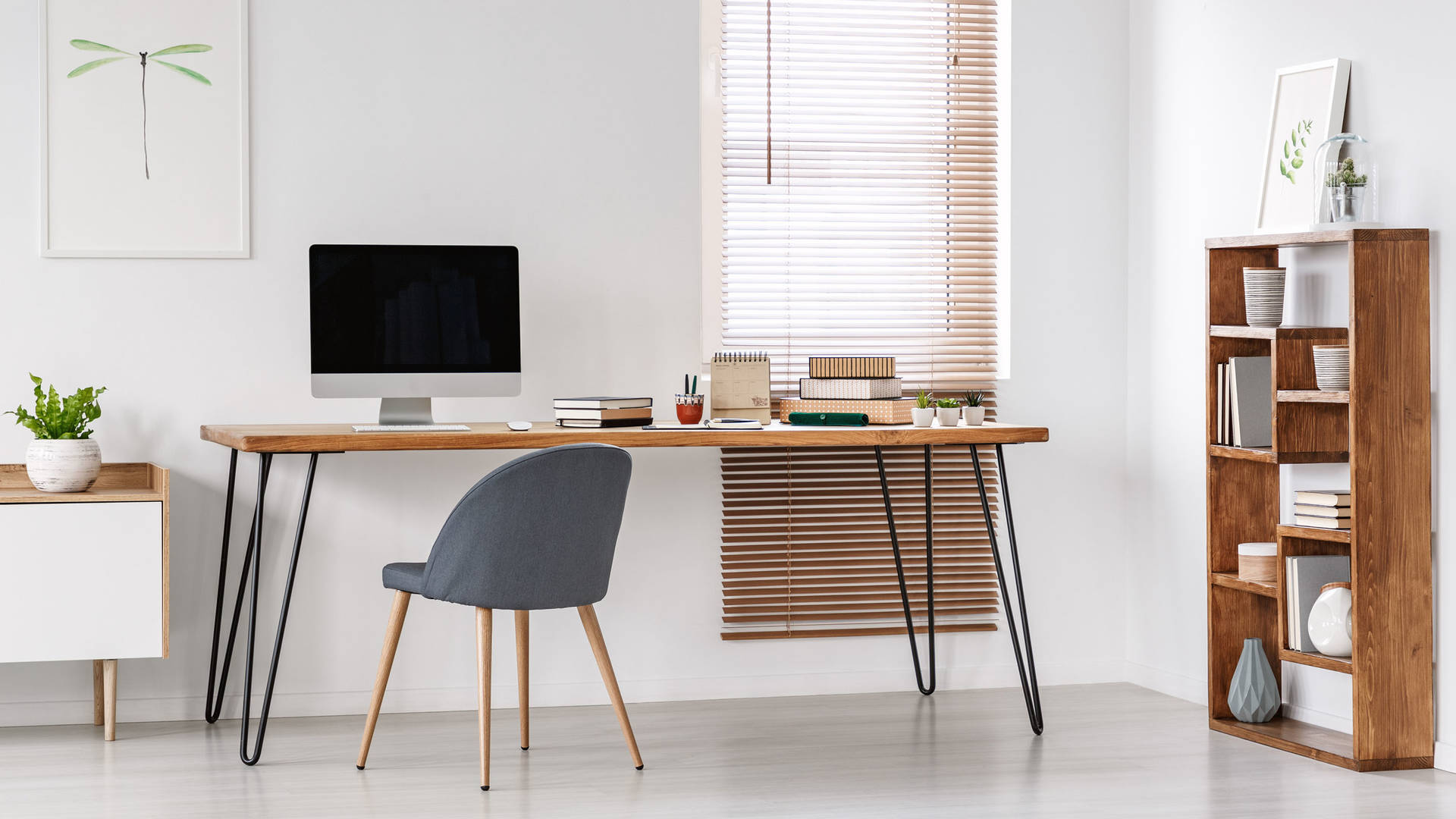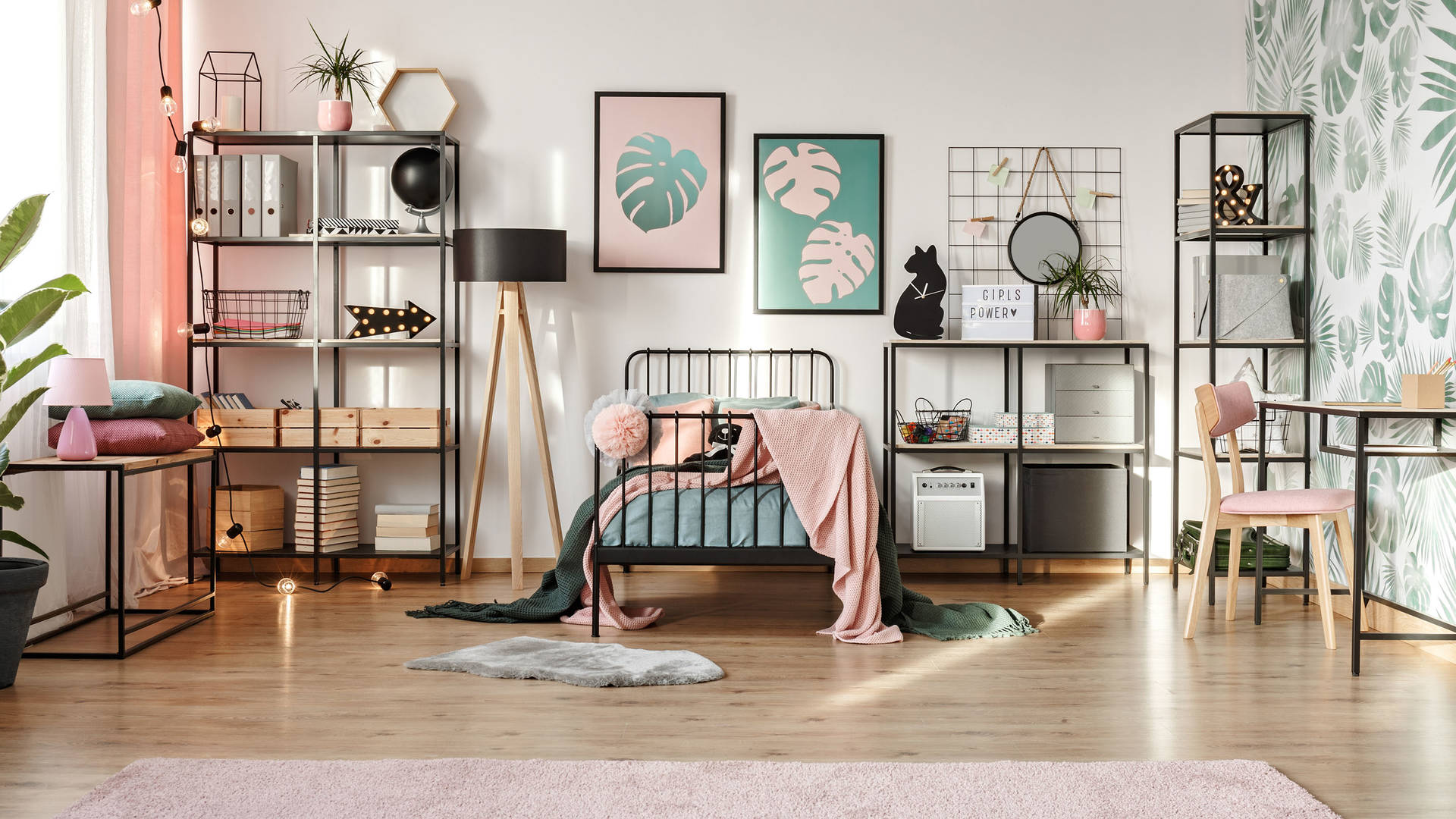How to create a perfect work-life space
Working from home means creating a space that combines both form and function. We talk to one of Jumeirah’s senior designers about how to optimise your personal office for greater productivity and creativity
Working from home means creating a space that combines both form and function. We talk to one of Jumeirah’s senior designers about how to optimise your personal office for greater productivity and creativity
Working from home means creating a space that combines both form and function. We talk to one of Jumeirah’s senior designers about how to optimise your personal office for greater productivity and creativity
Whether you’ve been working remotely for years or have recently shifted to a home environment, having access to a workspace that supports your needs and looks stylish at the same time can make all the difference to your mood and motivation levels. This is something project manager Dalia Alkhrisat knows only too well and, when it comes to creating the perfect live/work space, she poses one important question: what’s your intention?
“What do you need from your home office? Will you spend most of your time on your laptop working, or will it also be a space for creative and leisure endeavours like writing, drawing or reading?” Once you have identified how you will use the space, Dalia says you can clear out any unnecessary clutter that might distract your focus and start decorating and personalising your live/work space so it fits your needs.
When it comes to identifying the perfect space to turn into a home office, Dalia recommends thinking outside the box – or outside of four walls. That means you don’t necessarily need to assign a whole room to be your workspace. “Look for any ‘wasted space’ in your home,” she advises, “the area under the stairs, large landings, hallways, kitchen corners or dining rooms could be the ideal place for your home office.”
If you work best when everything is peaceful and calm around you, you could look at setting up your home office in one of the quieter corners of your home. For example, in a spare bedroom or in a part of your own bedroom. On the other hand, Dalia says that if you would like to work while keeping an eye on your children, you may place your workspace near the kitchen or living room or perhaps in an under-used dining room. And, if you would like to hide your office completely, an ideal solution might be a cupboard workstation that can be folded or packed away at the end of the work day.
“Natural light always makes a room feel bigger,” says Dalia, which is great if you only have a small space to convert into a home office, so aim to position your desk close to a window where possible. Not only will you benefit from the light, but also a view that will help you feel more connected with the outside world.
“If you don’t have much access to natural light, then artificial lights become twice as important, as you will be using them all day,” she says. But as someone who gives a lot of thought to illuminating rooms beautifully, Dalia warns against simply turning on your existing lights. Instead, you should consider additional light sources.

“When working on a laptop and looking at a computer screen for long periods of time, or carrying out any other focus-intensive tasks, you’ll need a well-defined light source that’s dedicated to what you are doing. Since you might not have a lot of desk space, look for compact lights – there are even some that can be clipped to the side of your table or a shelf. Finally, add ambient light like an upward-shining floor lamp that bounces the light off the walls and ceiling to really light up the entire space.”
Adding colour and a few decorative flourishes can really help define your workspace – making it an inviting place to spend time while also affirming it’s an area dedicated to work. “Consider using paint or different flooring to ‘zone’ the different elements of the space so it feels more intentional than makeshift,” says Dalia. A rug can work equally well here, and will also provide some soothing sound absorption. A bright design adds visual interest and introduces some vibrant energy to the space, while a neutral rug – a grey, off-white or beige – will work better if you’ve opted for colourful furniture. As for furniture, keep it sleek and simple to avoid overwhelming your space – the most important thing, says Dalia, is a comfortable chair, especially if you plan to spend long hours at your desk.

“Add in some green foliage to give the room texture – a lovely plant will help keep you feeling calm and clean the air – and decorate the walls with artworks that speak to you. Filling your office with eye-catching images will help you feel motivated even if you’re crunching numbers all day.” You could even consider creating your own very piece of art, to bring a bespoke element to your work-life space.
“Limiting visual clutter will boost your productivity,” says Dalia, “so it’s important to really consider your storage needs.” She suggests making use of vertical space by installing cabinets, draws or shelves from floor-to-ceiling and hanging a pin board on the wall to help organise the things you need close at hand from day-to-day.
Just as our rooms and suites are designed with rest and relaxation front of mind, while keeping one eye on work needs, a home office is your opportunity to create a space that supports both your professional and personal lives.